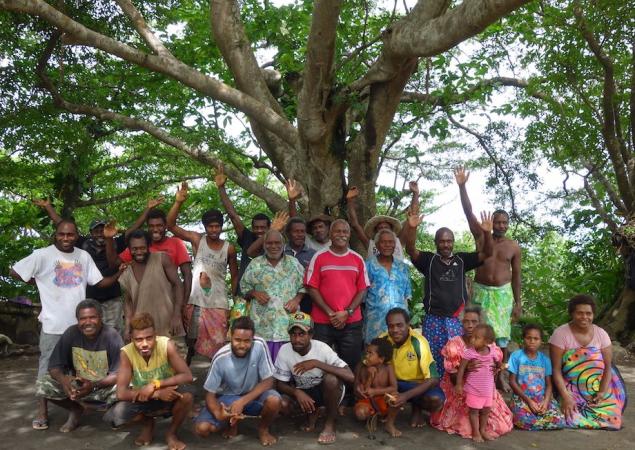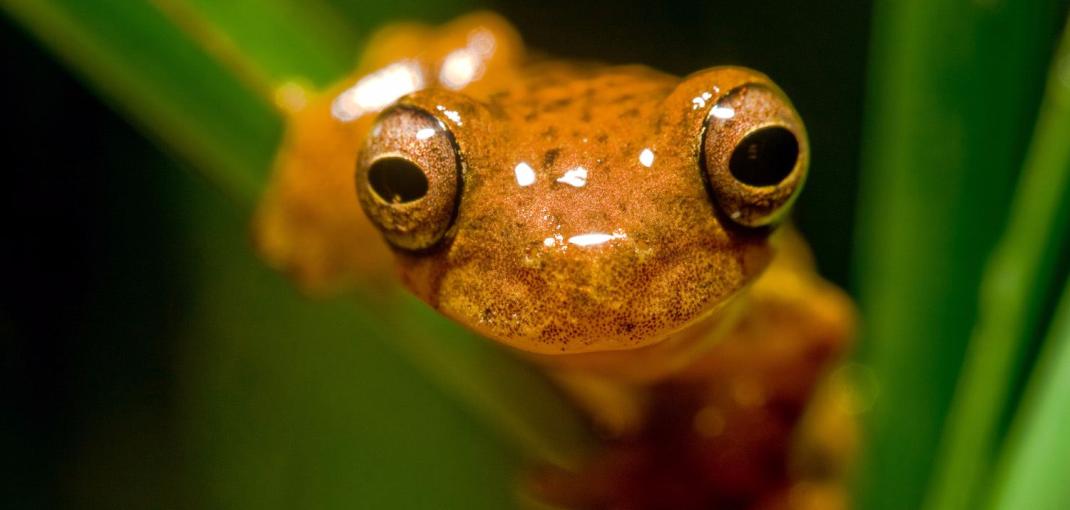Through grants totaling more than US$296 million and technical assistance to over 2,700 civil society organizations and individuals, we have taken action to conserve more than 1,300 species in the IUCN Red List of Threatened Species, and strengthened the management and protection of 55.8 million hectares of Key Biodiversity Areas. Our grantees have also contributed to the establishment of 17.1 million hectares of new protected areas, and the improved management of 12.2 million hectares of production landscape—areas where agriculture, forestry or natural product harvesting occur. And more than 5,700 communities in the biodiversity hotspots have benefited directly from CEPF-funded projects through improved access to clean water, improved land tenure and increased representation in decision-making processes.
What makes us unique
By supporting development of conservation strategies for the biodiversity hotspots that are driven by local input, and providing grants to civil society—nongovernmental, private sector and academic organizations—to implement those strategies, CEPF seeks to protect biodiversity, build long-term local conservation leadership and nurture sustainable development.
These strategies also are designed to be valuable to other entities working to conserve the hotspots, and often lead to collaboration and coordination with other organizations and governments.
CEPF's investments are especially important because the hotspots are home to more than 1 billion people, millions of whom are impoverished and highly dependent on nature for survival.
Our donor partners
The fund is a joint program of l’Agence Française de Développement, Conservation International, the European Union, Fondation Hans Wilsdorf, the Global Environment Facility, the Government of Canada, the Government of Japan and the World Bank.






